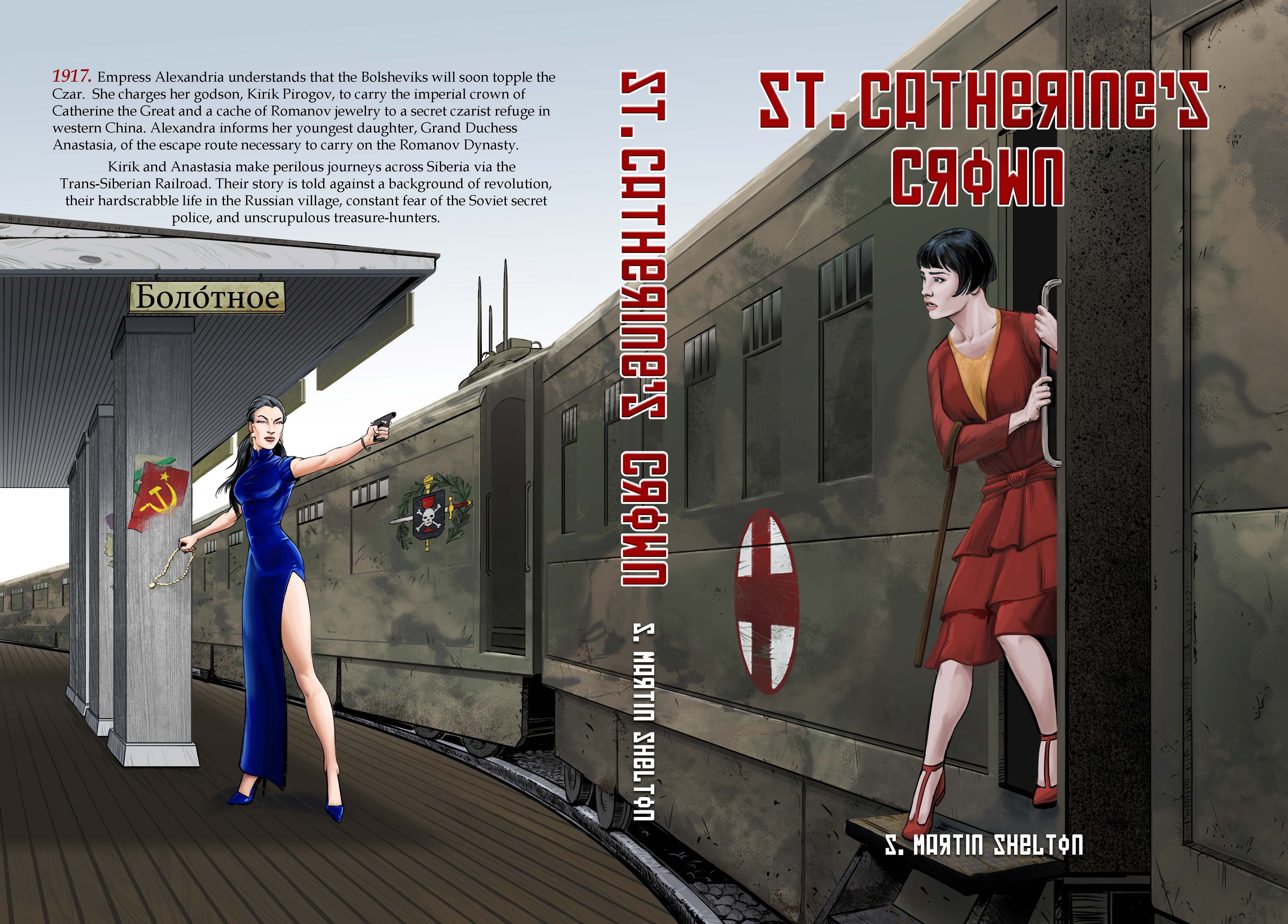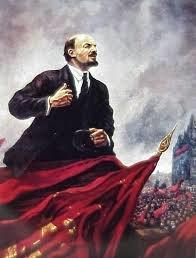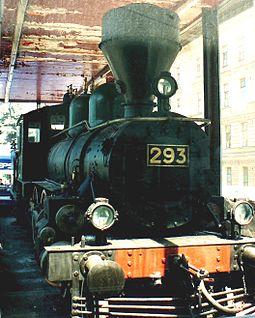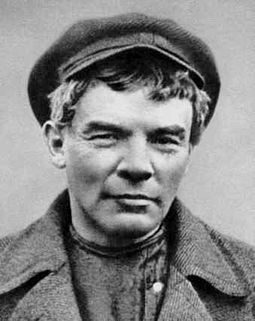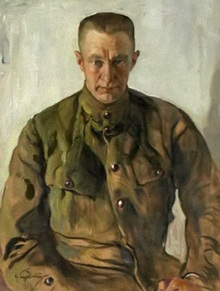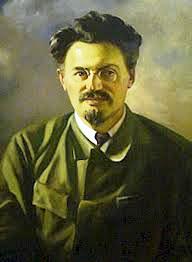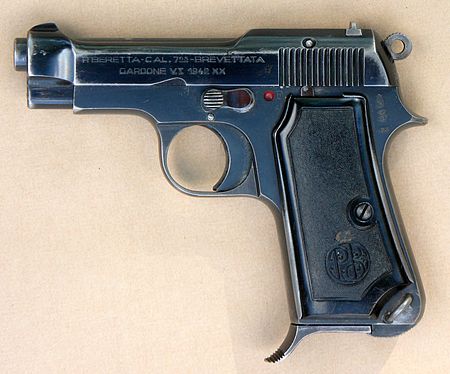I chose to write about the Russian Revolution—the overthrow of the monarchy and installation of an atheistic Communist regime—to refresh our minds of its monumental impact on world events for seventy years. The Bolshevik’s leaders—Vladimir Lenin, Joseph Stalin, and Felix Dzerzhinsky head of the Soviet secret police, for examples—exercised their unmitigated evil and bilious paranoia by slaughtering some twenty- to thirty-million Russians. The malevolent cruelty and manifestly unnecessary regicide, is a horror of their rabid Communist orthodoxy that engendered the slaughtered of Czar Nicholas II, Empress Alexandra and their five children, including their youngest daughter, Anastasia.
The Comintern apparatchiks spread its tenancies worldwide to overthrow western democracies and corrupt its citizens with agitprop in the media, films, and universities. For several decades, we fought the Soviets in Winston Churchill’s “Cold War,” oftentimes on the cusp of a real nuclear war.
Since I was a nipper, I had interest in Anastasia because of the films, stories, and flimflam hustlers hawking the fiction that she survived the regicide and was living incognito in some exotic locale. During my naval career and after retirement, I studied Russian/Soviet and modern-day Chinese history.
Scribing St. Catherine’s Crown was a classic evolution process. It started as a short story about fifteen-years ago. I combine my two interests: Russia and China into one narrative. I started with the tale of the regicide and the then acceptable idea that Anastasia survived and escaped to a refuge in China.
As a young lad, I enjoyed stories about the orient—especially the comic strip titled “Terry and the Pirates,” by Milton Caniff—who featured such gorgeous femme fatales as the Dragon Lady, Burma, and CopperCanyon.
My tale grew into a novella as I developed Anastasia’s China adventures with blackguards that included the femme fatale, Black Orchid: whom I based on The Dragon Lady.
For reasons I cannot explain I could not leave this tale alone. Then several years ago, I stumbled on an article about the Czech Legion—never heard of this outfit. Did research, got interested, and decided to incorporate the Legion into my narrative. My novella evolved into a complete historical novel.
St. Catherine’s Crown will be available for purchase in August 2013.
